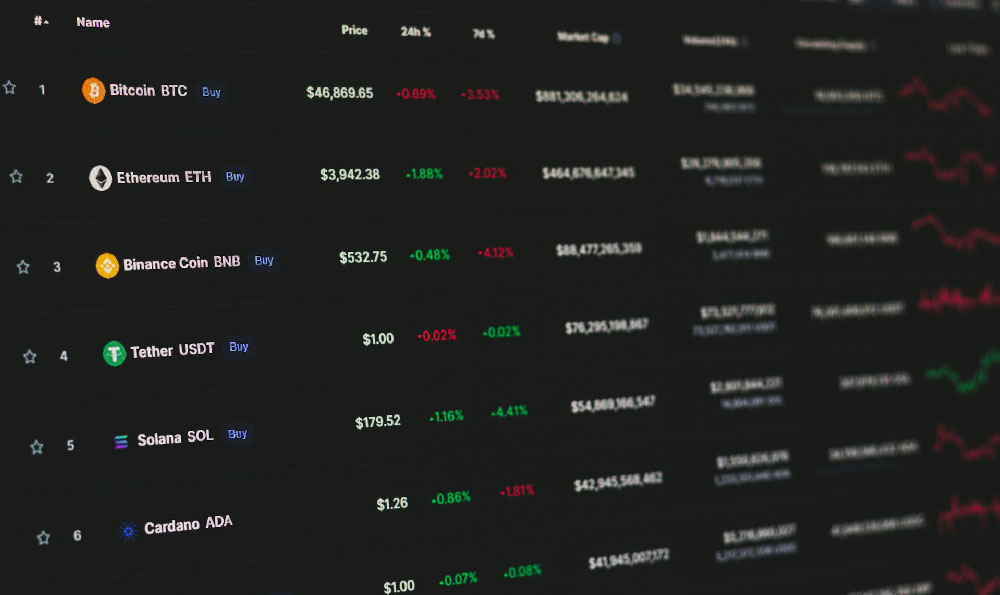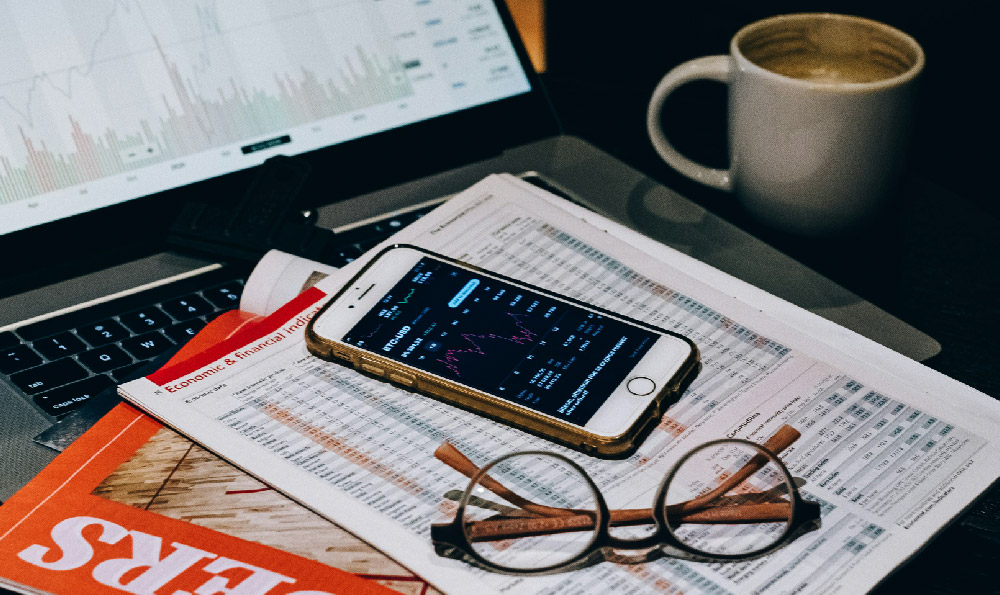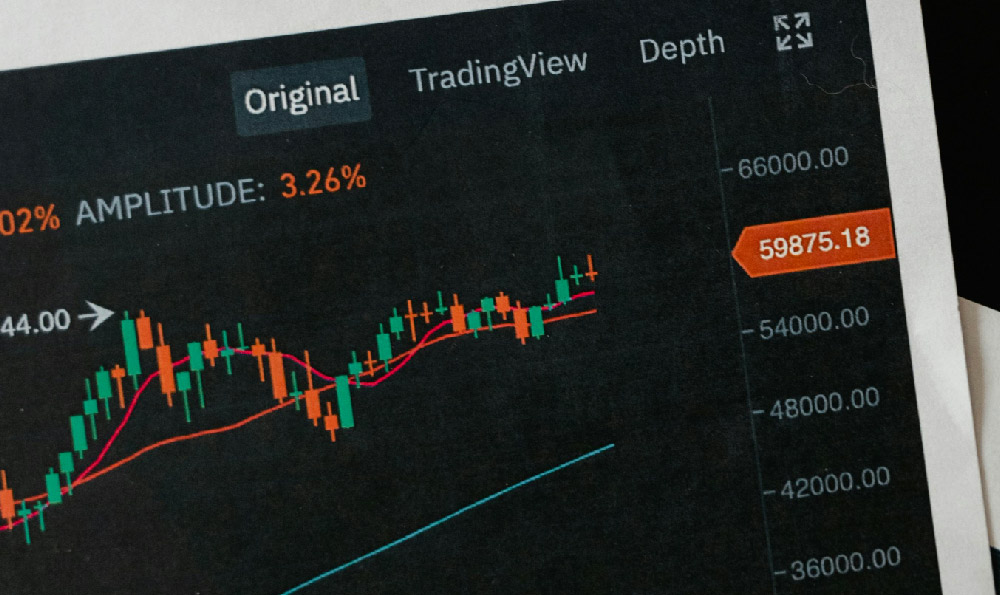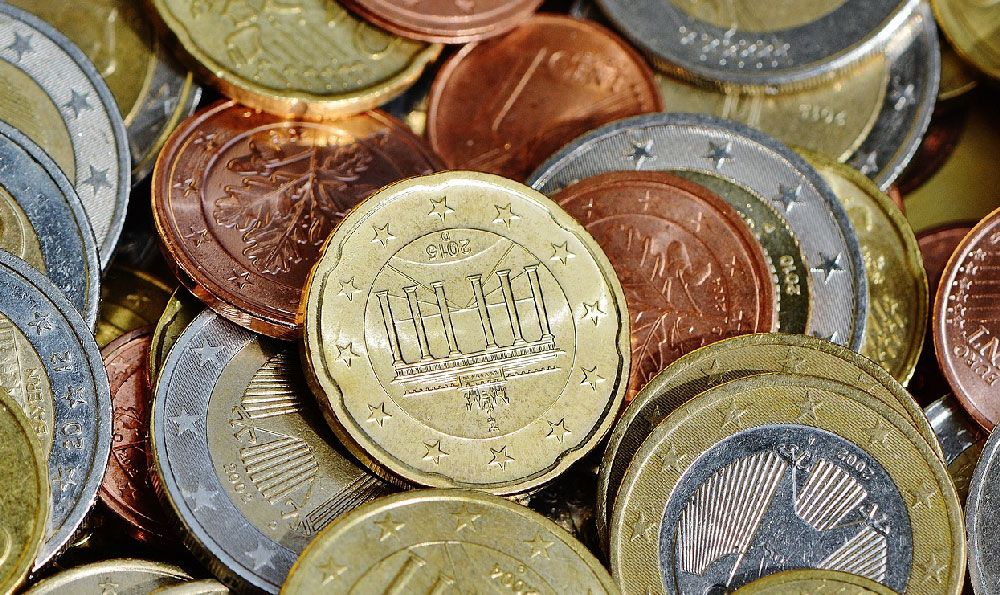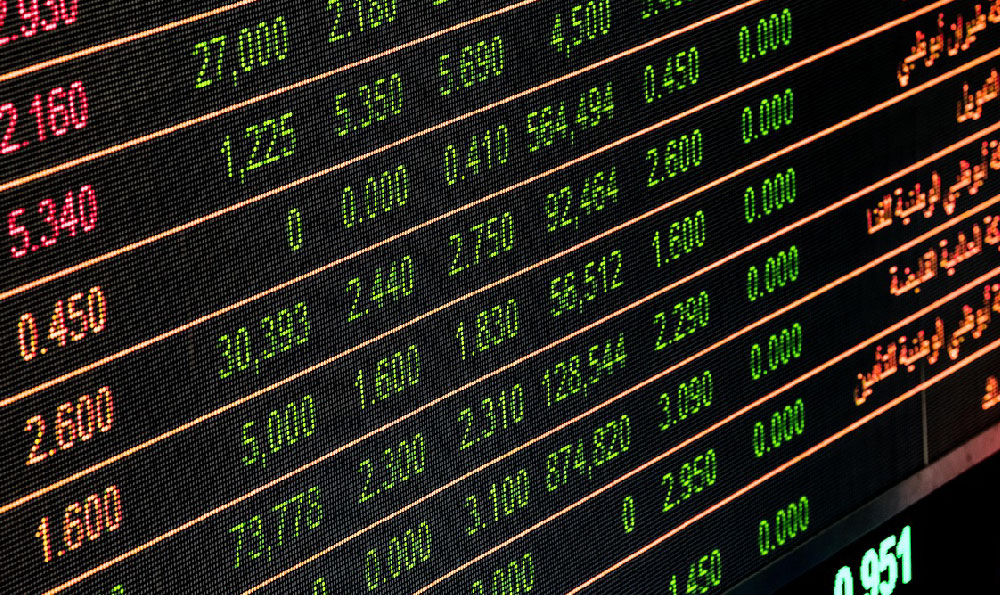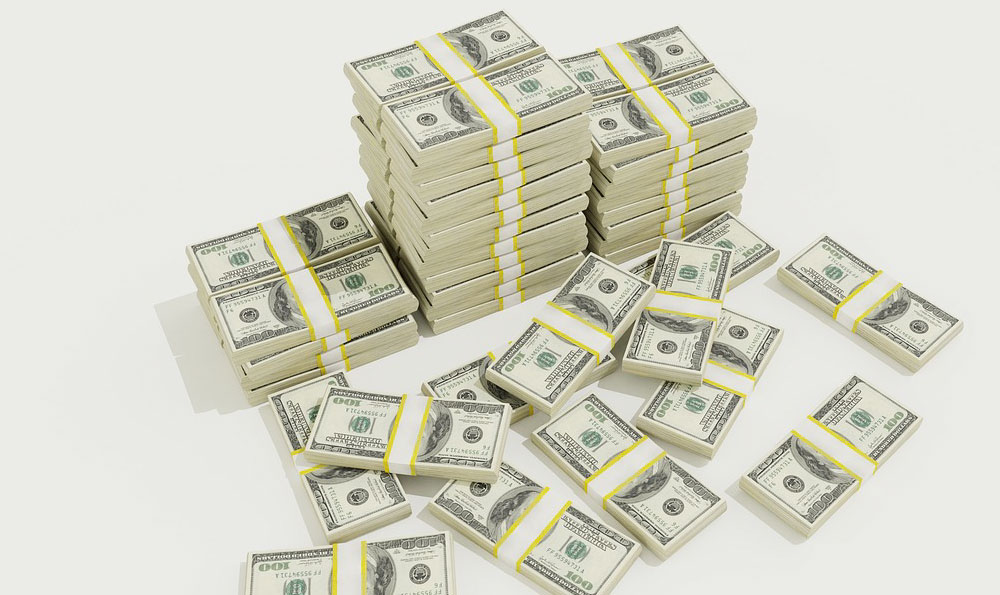LaVar Ball, the patriarch of the Ball family and father to NBA stars Lonzo, LiAngelo, and LaMelo, is a polarizing figure known as much for his bombastic personality and audacious pronouncements as for his children's basketball prowess. While his sons have undeniably earned significant wealth through their professional careers, the source and management of LaVar's own finances remain a subject of considerable interest and speculation. Understanding LaVar Ball's financial journey requires separating fact from fiction, hype from reality, and piecing together a narrative from his various ventures and public statements.
Ball's initial financial foundation wasn't built on basketball stardom. He played college basketball and had a brief stint in professional football, including a period on the Carolina Panthers' practice squad, but these endeavors were not financially lucrative. His early career involved physical training and other pursuits outside of the professional sports realm. The pivotal shift in LaVar's financial trajectory came with the rise of his sons' basketball careers and his entrepreneurial response to capitalize on their talent. He recognized early on the potential for his sons to become major basketball stars, and he proactively cultivated their brand and marketability.
His primary foray into entrepreneurship was the creation of Big Baller Brand (BBB). Launched in 2016, BBB aimed to challenge established sportswear giants like Nike, Adidas, and Under Armour. Ball's vision was to create a family-owned and operated athletic apparel company that would allow his sons to maintain greater control over their brand and endorsements. BBB's initial offering was Lonzo Ball's signature shoe, the ZO2, priced at an eyebrow-raising $495. The high price point, coupled with the brand's aggressive marketing tactics, generated significant media attention and fueled both interest and criticism.

The early days of BBB were marked by controversy and questionable business decisions. The quality of the products was often criticized, with customers reporting issues with durability and manufacturing. Furthermore, BBB's business practices, including its online order fulfillment and customer service, were frequently scrutinized. The brand faced allegations of shipping delays, poor communication, and ultimately, a lack of transparency. This created a challenging landscape for the brand to navigate.
Despite the initial hype and media frenzy, BBB struggled to gain significant market share or establish itself as a credible competitor in the athletic apparel industry. The brand's reliance on direct-to-consumer sales and its limited marketing reach hindered its ability to compete with the established players. Moreover, the controversy surrounding the brand's quality and business practices damaged its reputation and eroded consumer trust. The decision not to partner with established sportswear companies also limited the brand's access to resources, distribution networks, and marketing expertise. This made it difficult to achieve the scale and reach necessary for long-term success.
BBB's financial situation took a further hit when Lonzo Ball severed ties with the brand in 2019, alleging that the company's manager, Alan Foster, had embezzled millions of dollars. This legal battle further tarnished BBB's reputation and raised serious questions about its financial management and integrity. Lonzo's departure was a significant blow to the brand, as he was its most marketable asset and the face of its flagship product.
Following Lonzo's departure, LaVar attempted to keep BBB afloat, but the brand's future remained uncertain. While he continued to promote the brand and its products, its market presence diminished significantly. The departure of his eldest son, coupled with the ongoing legal issues and negative publicity, made it difficult to sustain the brand's momentum. The company's initial ambition to disrupt the athletic apparel industry faced considerable difficulties.
While the exact details of LaVar Ball's current finances are not publicly available, it's reasonable to assume that his income is primarily derived from a combination of sources. These sources include remnants of BBB sales, media appearances, endorsement deals (likely tied to his sons), and potentially investments. He's made several appearances on sports shows and podcasts, leveraging his outspoken personality to generate income and maintain his public profile. Furthermore, he has secured various endorsement deals, often related to products or services aligned with his family's brand.
Regarding how LaVar spends his money, much of it appears to be invested in supporting his sons' careers and maintaining their lifestyle. He has been known to provide financial assistance to his sons and their families, as well as to invest in their training and development. He has also been known to purchase lavish gifts and maintain a high-profile lifestyle, which includes expensive cars and travel. It's important to acknowledge that LaVar's spending habits are often driven by his desire to promote his family's brand and maintain their image as successful athletes and entrepreneurs.
However, it is important to note that LaVar's financial decisions have not always been sound. The failure of BBB to achieve its potential, the controversy surrounding its business practices, and the legal battles with Alan Foster have all taken a toll on his finances. Despite his confidence and bravado, LaVar's financial journey has been marked by both successes and setbacks.
In conclusion, LaVar Ball's financial journey is a complex and multifaceted story. While he initially capitalized on his sons' basketball talent to launch Big Baller Brand, the brand's struggles and controversies have impacted his financial standing. His income streams likely include media appearances, endorsement deals, and potential investments, and his spending habits are often focused on supporting his sons' careers and maintaining their lifestyle. While he remains a polarizing figure, his financial journey serves as a reminder of the challenges and complexities of entrepreneurship in the sports and entertainment industries. His story provides insight into the potential rewards and risks involved in building a brand, managing finances, and navigating the competitive landscape of professional sports.


